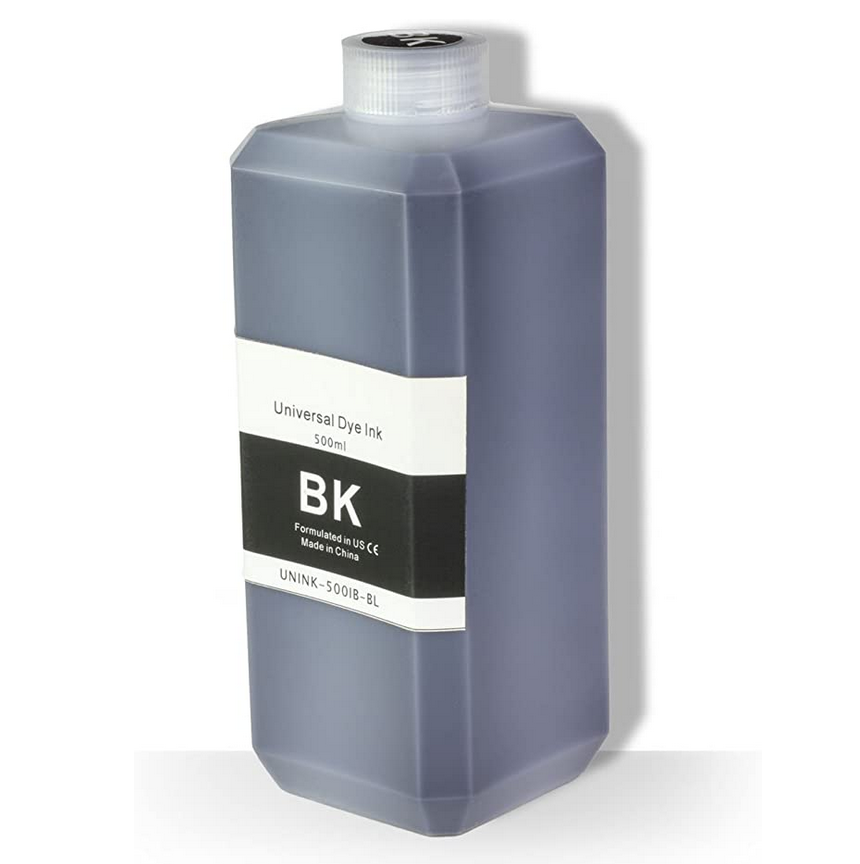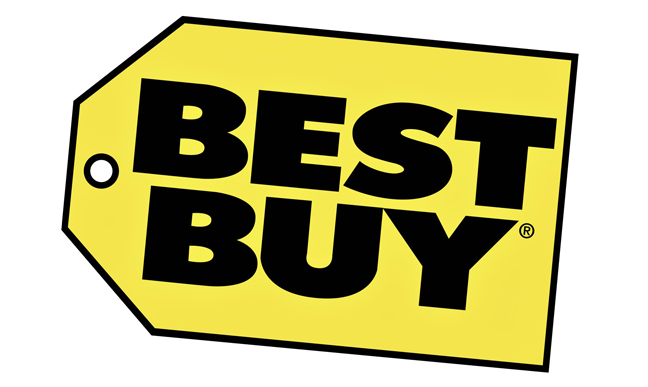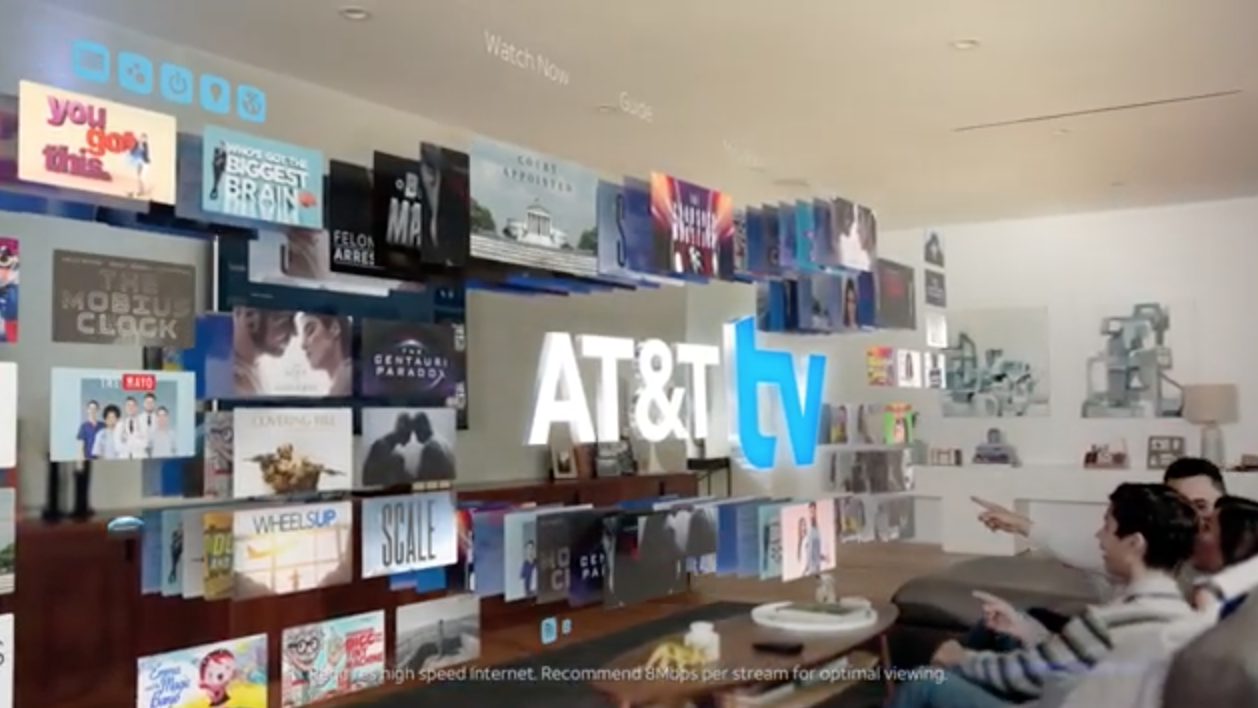
Advertised Savings on Amazon Prime-Eligible Product Listings
Consumer tip raises questions about how much you are really saving as an Amazon Prime member.
A TINA.org reader was searching for a laptop computer to purchase, and was closely following Best Buy email promotions. A few weeks ago, the reader received an email advertising a Toshiba Satellite 14” laptop. This laptop was on sale for $499, with an original price of $549. A savings of $50!
But recently, our reader received another Best Buy email promotion advertising more laptop sales. The Toshiba was once again on sale, as a “top deal” for the same price of $499, but this time with a savings of $100. The math just doesn’t add up.
The second advertised price can no longer be found on the Best Buy site but this isn’t the first Best Buy pricing issue we’ve seen.
And the issue of what’s really a sale or not never seems to go away.
Our Ad Alerts are not just about false and deceptive marketing issues, but may also be about ads that, although not necessarily deceptive, should be viewed with caution. Ad Alerts can also be about single issues and may not include a comprehensive list of all marketing issues relating to the brand discussed.
Consumer tip raises questions about how much you are really saving as an Amazon Prime member.
‘The future of TV has finally arrived’ and with it, hidden fees.
Streaming service advertises a monthly rate for a wrestling package that has no monthly plan.


